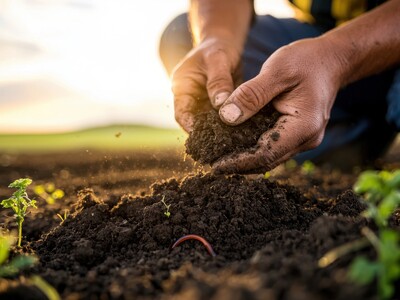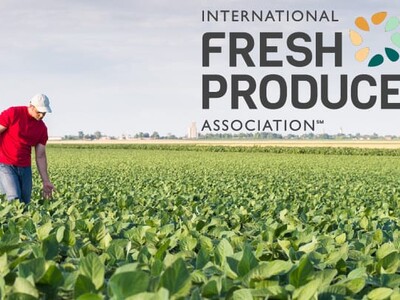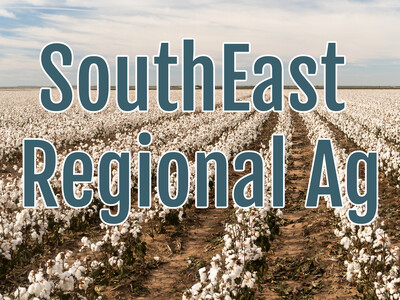Snowpack
Mountain snowpack levels are well above normal in every Idaho basin but a lot more is needed to ensure irrigators have an adequate supply of water during the state’s 2023 growing season.Water managers say Idaho’s mountain snowpack levels are off to a great start but they also caution that a lot more is needed during the state’s traditional snow accumulation season, which typically ends about April 1.
“We’re off to a good start,” said Tony Olenichak, watermaster for Water District 1, which is Idaho’s largest and encompasses the Upper Snake River system. “But you can’t get too enthusiastic about snowpack levels this time of year.”
Idaho’s water season begins Oct. 1 and the first part of January typically marks the half-way point when it comes to mountain snow accumulation in Idaho, he said.
In early January last year, mountain snowpack levels were well above normal, but things changed dramatically after that.
“We were really optimistic last year at that point but the weather just broke dry after that and we didn’t end up with a very good snowpack,” Olenichak said. “Right now we’re looking good but we’re not out of the woods yet.”
Rainfall is great for improving soil moisture levels but it’s mountain snow that feeds the state’s reservoirs, which provide irrigation water during the hot, dry summer months, particularly in southern Idaho, where most of the state’s farms and ranches are located.
Those reservoirs are the lifeblood of agriculture in southern Idaho.
As of mid-December, mountain snowpack levels were ahead of normal in almost every Idaho basin.
On Dec. 14, they were at 118 percent of normal in the Snake River basin above Palisades and 130 percent of normal in the Snake River basin above American Falls.
The important Snake River basin feeds the critical Upper Snake River reservoir system, which holds 4 million acre-feet of water, enough to supply well over 1 million acres of farmland in eastern and southern Idaho with irrigation water.
When the state’s 2023 water season began on Oct. 1, most Idaho reservoirs had very little carryover water available to provide a buffer heading into the upcoming water year and irrigators, recreationists and others who depend on those reservoirs are left hoping for a good snowpack year.
“A lot of places are really, really counting on a good snowpack this year to make up for the lack of carryover water in their reservoirs,” said Erin Whorton, Idaho water supply specialist with the Natural Resources Conservation Service.
Snowpack levels in the Boise basin were at 160 percent of normal on Dec. 14 and they were at 177 percent of normal in the Weiser basin, 148 percent of normal in the Payette basin and 136 percent of normal in the Salmon basin.
They were at 185 percent and 192 percent of normal in the Big Wood and Little Wood basins, respectively, and at 181 percent and 197 percent of normal in the Big Lost and Little Lost basins, respectively.
The Henrys Fork and Teton basins were at 131 percent of normal, the Willow, Blackfoot and Portneuf basins were at 180 percent of normal, the Bruneau basin was at 164 percent of normal, the Bear River basin was at 152 percent of normal and the Owyhee basin was at 191 percent of normal.
“It’s definitely early in the snow accumulation season but it is a good start; things are looking good so far,” Whorton said.













